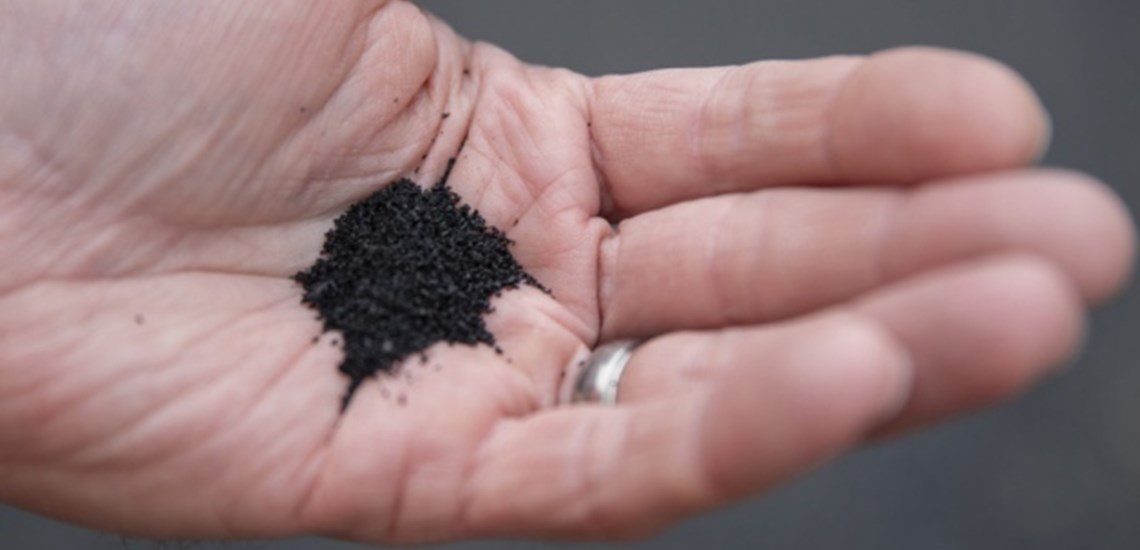The recently resurfaced Bethnal Green street with recycled tyres mixed into the asphalt offers wide-ranging benefits to the environment.
London’s Bethnal Green Gets Recycled Rubber Road
The new road surface on Canrobert Street, Bethnal Green, is made partly from old tyres.
The council has been working with Tarmac, the company behind new technology which uses rubber crumb from some of the 40 million waste tyres produced every year mixed into the asphalt.
Around 100 recycled tyres were mixed into the new surface laid by council contractors on January 31.
Tower Hamlets mayor John Biggs said: “It’s great to see innovative solutions to repurposing waste that could otherwise go to landfill or incineration.
“We were one of the first councils to declare a climate emergency, and we’re keen to explore all ideas that can reduce our impact on the environment.
“This product will provide a safe surface with lower emissions and disruption during the laying process.
“We want residents and businesses to think about how they can reduce their carbon footprint, so it’s important we do our bit too.”
The introduction of the asphalt mix in Bethnal Green follows a trial on the M1 motorway.
The surface is laid at a lower temperature, which means roads can be re-opened quicker with up to 10 per cent less carbon dioxide emissions, improved site safety, reduced fumes and less risk of burns to workers.
Tarmac national director Brian Kent said: “Used tyres remain a significant and overlooked waste stream and our new, innovative rubber modified asphalts offer a more sustainable option for local roads.
“It’s fantastic to see Tower Hamlets taking the lead in London and delivering environmental savings by leveraging this new technology and unlocking the benefits of a circular economic approach.”
Tarmac also uses fibres, and fine dust from the recycling process, which have no alternative uses, as a fuel in cement kilns.




















